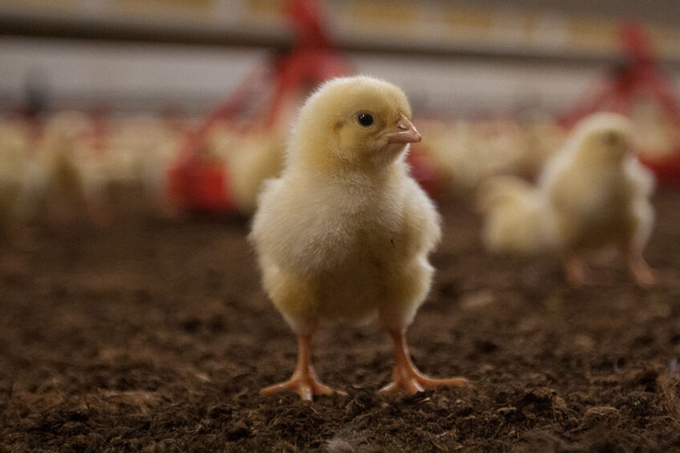November 28, 2025 | 03:46 GMT +7
November 28, 2025 | 03:46 GMT +7
Hotline: 0913.378.918
November 28, 2025 | 03:46 GMT +7
Hotline: 0913.378.918

Supplying sufficient minerals is most important for healthy birds and optimum unit performance.
This is obviously key in broiler production given the current challenges around animal health and reducing production costs.
Supplying sufficient minerals is very important for healthy birds and optimum unit performance. It is important to have well-evaluated nutrient requirements and availability for the different stages of broiler production, for amino acid requirements, energy and available phosphorus (avP), for example.
Hand in hand with the requirements for avP comes the requirement for calcium (Ca) and the interaction that may occur between calcium and avP. The formation of Ca-avP and Ca-phytate complexes has a strong effect on feed efficiency. Reduced mortality rate can be achieved through an enhanced immune system that has a stronger gut barrier and can more effectively deal with challenges.
Meta-analysis
To evaluate the effects of Celtical, a marine mineral complex derived from Lithothamnion harvested off the coast of Iceland, a meta-analysis was performed. The product contains 30% calcium, 5.5% magnesium and 72 other minerals. The minerals are uniquely bound in a polysaccharide hydrogel.
A universal method for comparing the performance of a broiler unit is the Poultry Efficiency Factor, which takes liveability, body weight, feed conversion rate (FCR) and growing period into account. Six peer-reviewed studies were selected for this meta-analysis.
Two treatments were selected from all the studies:
A control treatment which is comparable to industry standards for Ca and avP levels; and
A marine mineral complex treatment which had a reduced Ca level but the same avP level and the marine mineral complex included.
The Poultry Efficiency Factor (PEF) was calculated for all these studies and compared with the control treatment. This led to an improvement of 1.04% for liveability, a total body weight increase of 35 grammes and a feed conversion rate (FCR) improvement of 4 points. When the results were combined to calcuate the Poultry Efficiency Factor, this resulted in an increase in the PEF of 19.6 points, or 5.6%.
Mode of action
The improvement in the PEF can be explained by the Icelandic Lithothamnion having a dual mode of action. Firstly, the unique structure of Lithothamnion, with the minerals being embedded in a polysaccharide hydrogel, reduces the interactions between the calcium and phosphorus, and phytate. This results in a greater bio-availability of both minerals. Secondly, Lithothamnion boosts the immune system of the birds by strengthening the gut barrier, and also has anti-inflammatory effects.
In conclusion, the meta-analysis showed that the Celtical marine mineral complex improves the nutrient availability of calcium and phosphorus and boosts the immunity of broilers, optimising bird and flock performance and resulting in a Poultry Efficiency Factor improvement of 5.6%.
(Poultryworld)

(VAN) A new study reveals how the simultaneous effects of ocean acidification, salinity and loss of oxygen are making the world more fragile.

(VAN) Hopes are growing that the creation of the first 3D turkey gut model could be a turning point in the battle against the virulent blackhead disease.

(VAN) Tyson, America’s biggest meat supplier, plans to shutter one of its largest beef processing plants as the industry continues to struggle with low cattle supplies and political pressure from Washington.

(VAN) New FAO study shows how digital solutions are empowering farmers and fishers to prevent losses and build resilient agrifood systems.

(VAN) Brazil's COP30 presidency pushed through a compromise climate deal on Saturday that would boost finance for poor nations coping with global warming but that omitted any mention of the fossil fuels driving it.

(VAN) Poultry farmers in the UK have been warned that they could face one of the worst winters yet for bird flu.

(VAN) Prices of main-crop paddy have risen sharply, with jasmine rice hitting 16,100 baht per tonne — the highest level in years.